People who live on the West Coast are no strangers to earthquakes. However, some Western states could soon see an uptick in “megaquakes.”
These new and much bigger earthquakes are likely to rock the region due to an underwater fault line along the coast.
The Threat of a Megaquake
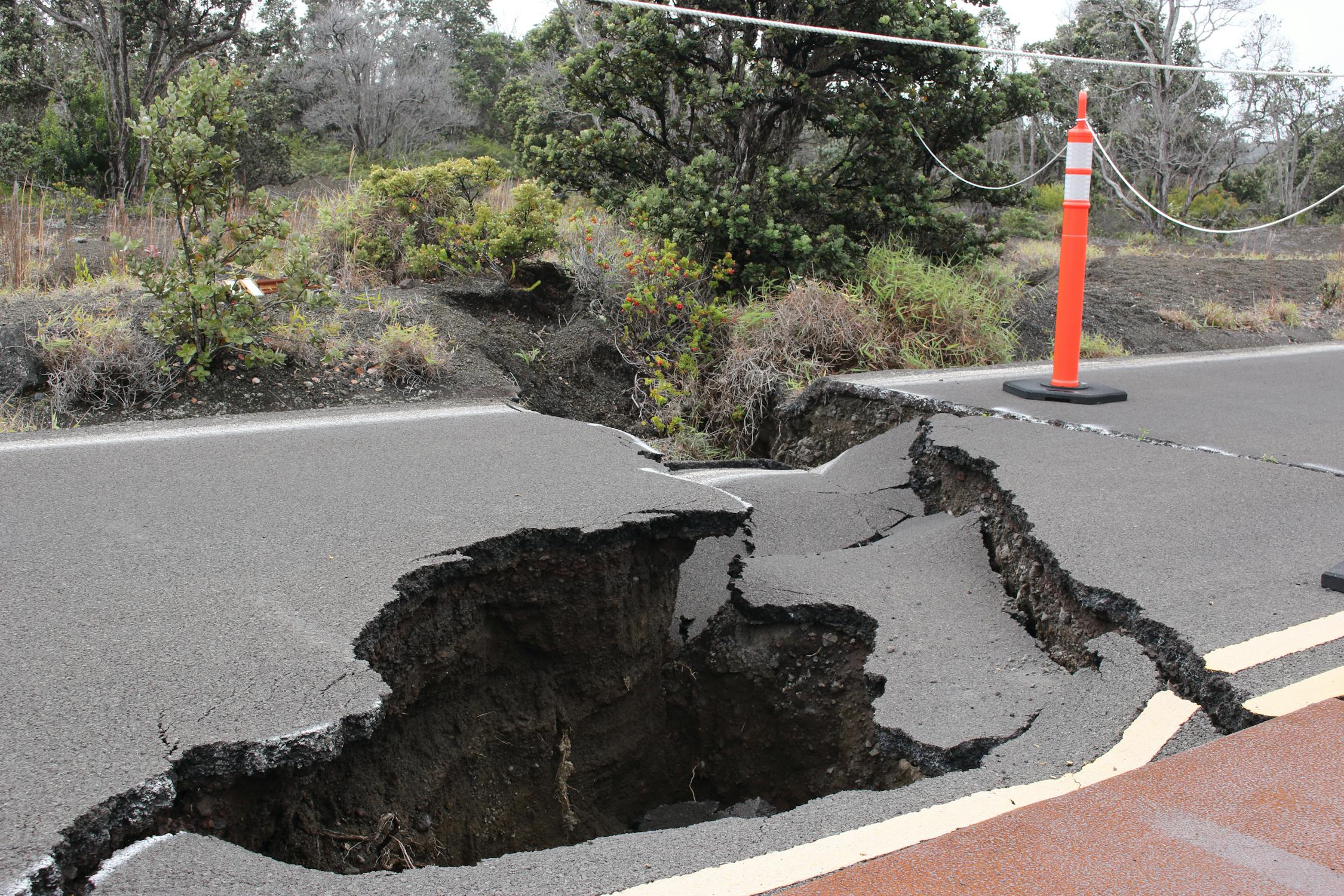
A study published in the Journal of Science Advances found that the Cascadia Subduction Zone—a 600-mile fault line—has the potential to unleash a “megaquake,” or a 9-plus magnitude earthquake.
This massive earthquake could shake for nearly 5 minutes, generate tsunami waves up to 80 feet tall, and damage over half a million buildings.
Uncovering the Potential Threat
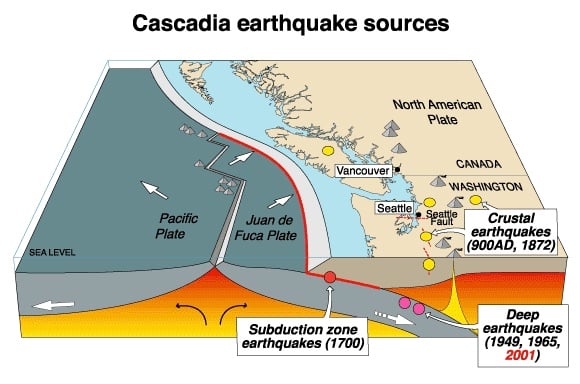
According to a new study (via Daily Express US), scientists have mapped the Cascadia Subduction Zone fault line, which extends from Canada to California, using underwater mapping techniques.
Their findings suggest that the fault line is unique compared to most others, as it splits into four segments.
The Incredible Pressure from the Cascadia Subduction Zone
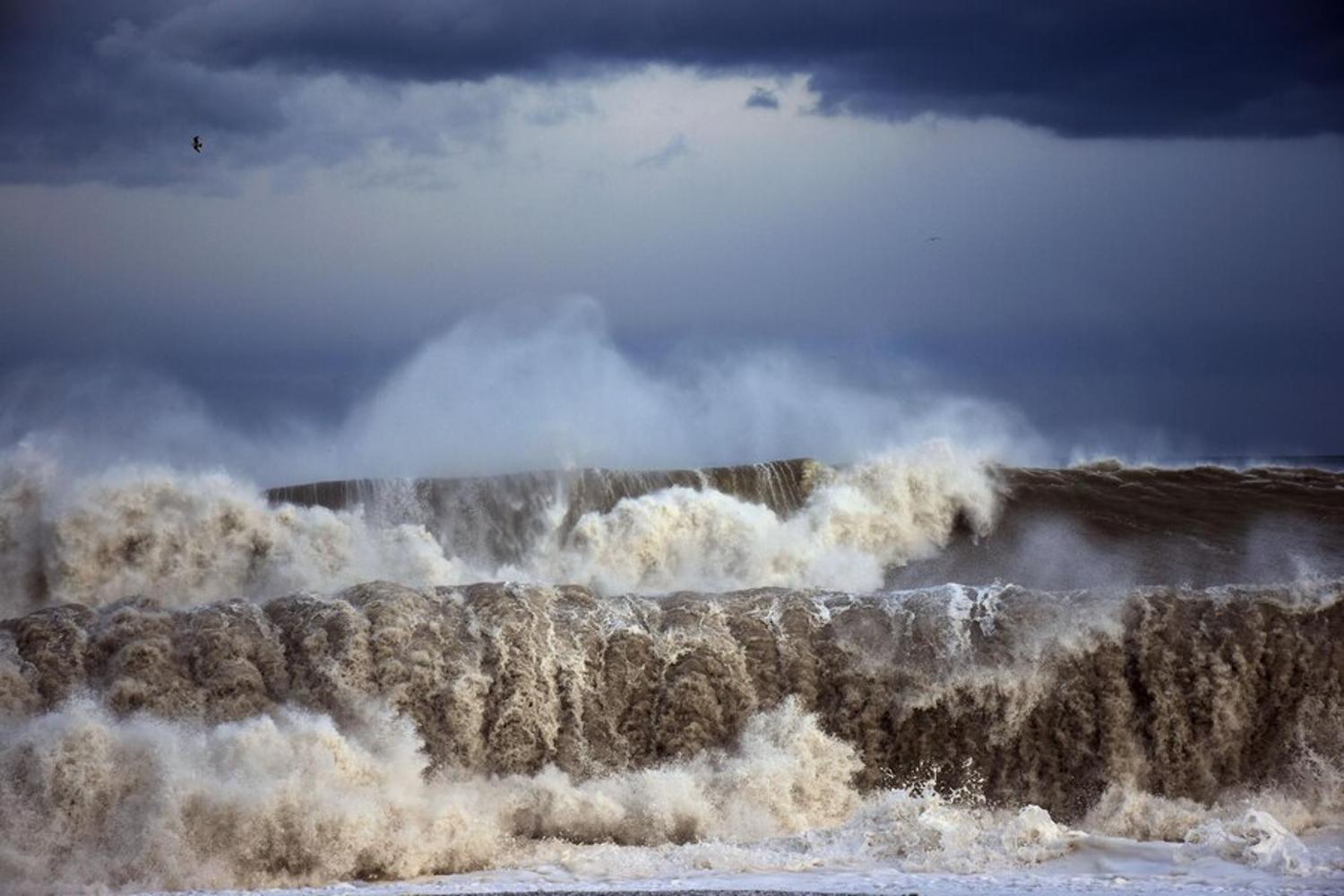
Most fault lines in the world have two tectonic plates that slide and grind against each other as they constantly shift, creating earthquakes and other natural phenomena that we sometimes feel.
However, the Cascadia Subduction Zone has four segments, which pose a potentially high risk to people on the West Coast, as it could generate incredible pressure when the plates slide under each other.
The Cascadia Subduction Zone Fault Has Produced a Giant Earthquake Before
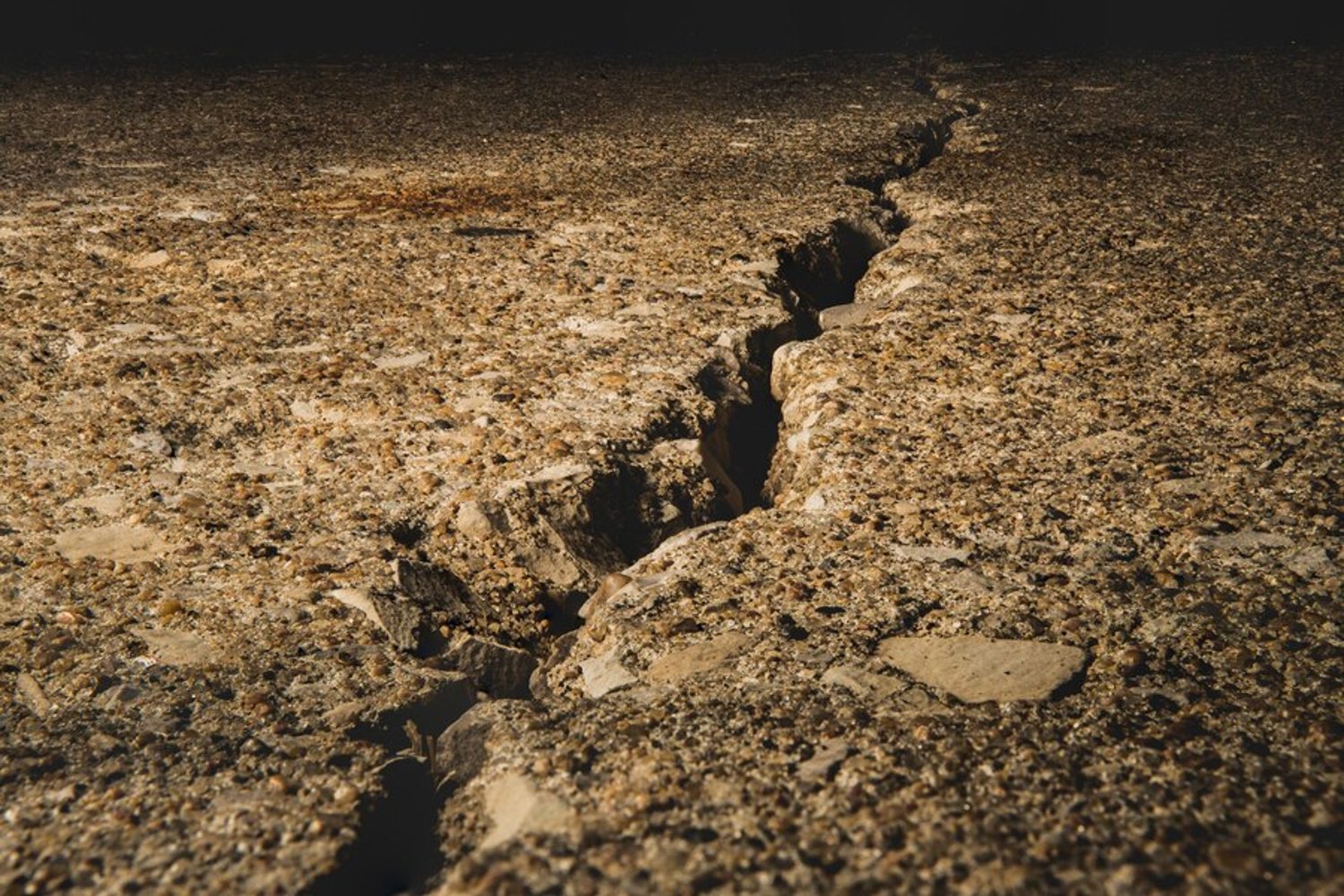
Scientists know quite a bit about the Cascadia Subduction Zone, including that it produced an absolutely monstrous earthquake in on January 26, 1700.
The quake, which was somewhere between a 8.7 and 9.2 magnitude, affected what is now northern California, Washington, and Oregon, as well as parts of Canada.
An Earthquake Felt Around the World
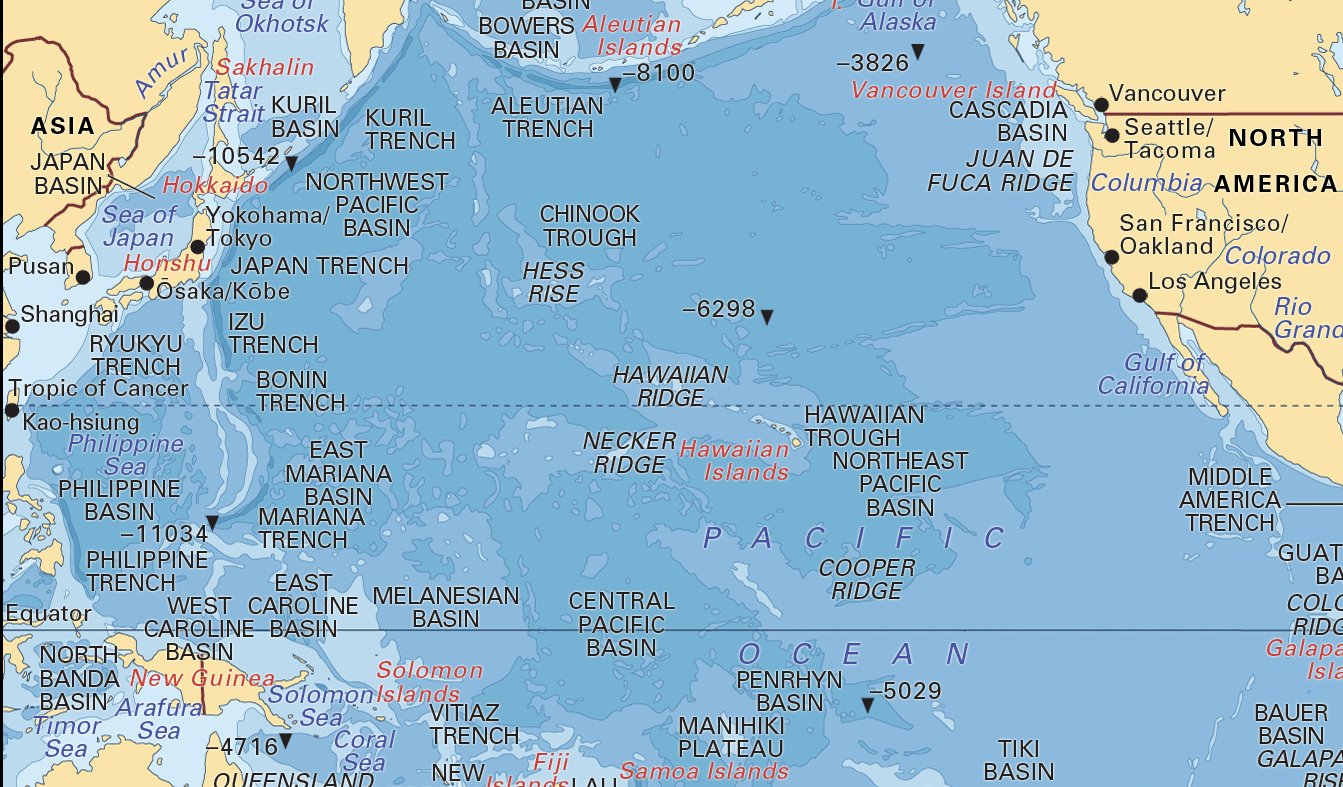
In fact, the quake was so aggressive that it caused a giant tsunami on both the West Coast of the US and the East Coast of Japan all the way across the Pacific Ocean.
Although there were no written records of the megaquake from the indigenous population living in what is now the western United States, there are records in Japan that have helped researchers understand what happened that day.
The US Coastline Dropped Several Feet During the Quake
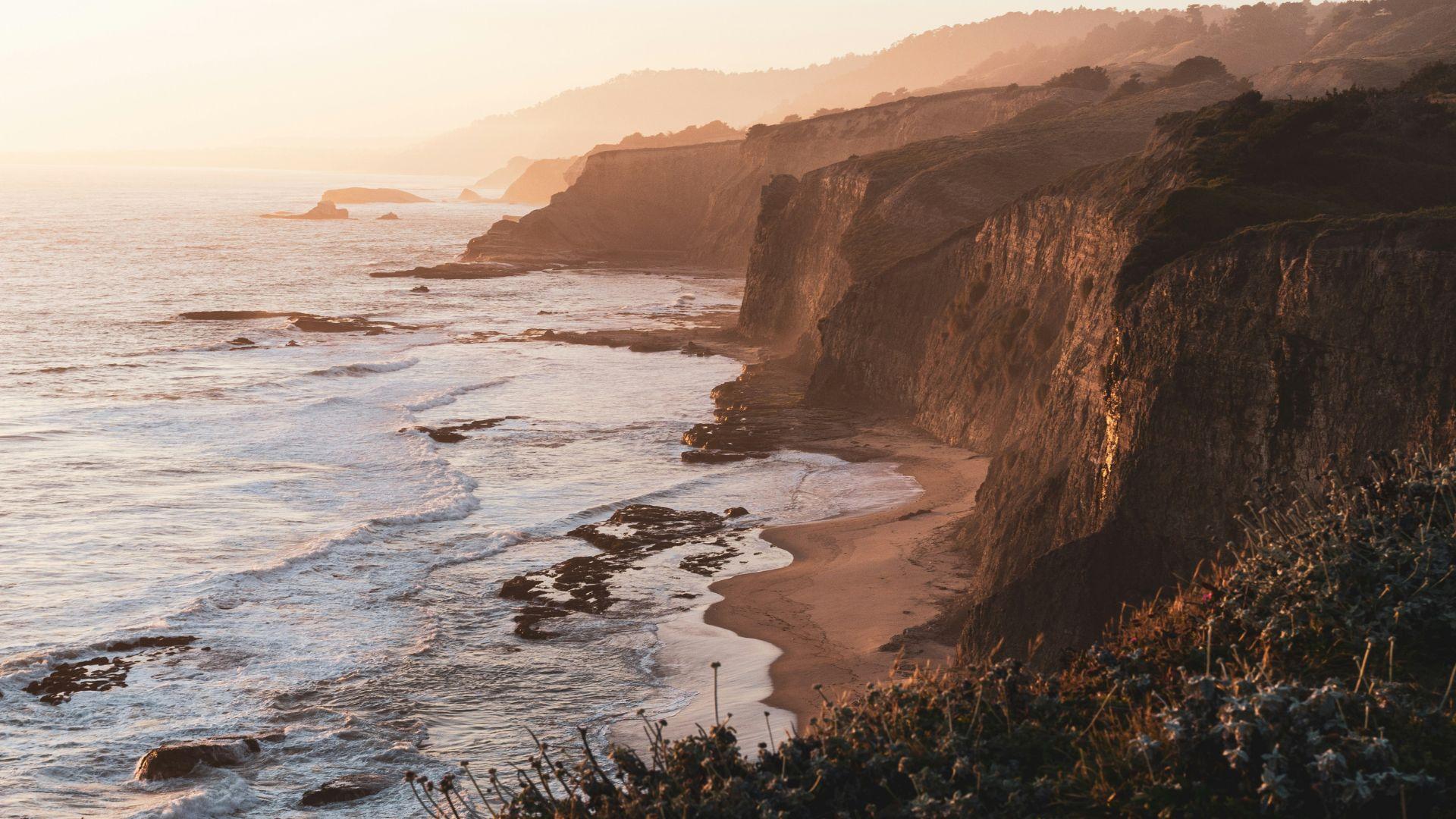
Thanks to extensive research, they also know that the megaquake in 1700 almost immediately dropped the western coastline in North America by several feet, causing an absolutely enormous tsunami to overtake miles of coast land.
Which, of course, is extremely concerning as thousands of homes, roads, and businesses have since been built directly along the US coastline.
The Pressure Has Been Building for 300 Years

The 1700 megaquake in the Cascadia Subduction Zone was actually just the most recent in the fault’s long and dramatic history. In reality, scientists estimate that the fault has caused at least 43 extreme earthquakes over the past 10,000 years.
With this information in mind, scientists understand that the internal pressure in the Cascadia Subduction Zone has been slowly building for more than 300 years and are trying desperately to find out exactly when it will cause another giant quake.
The “Big One”
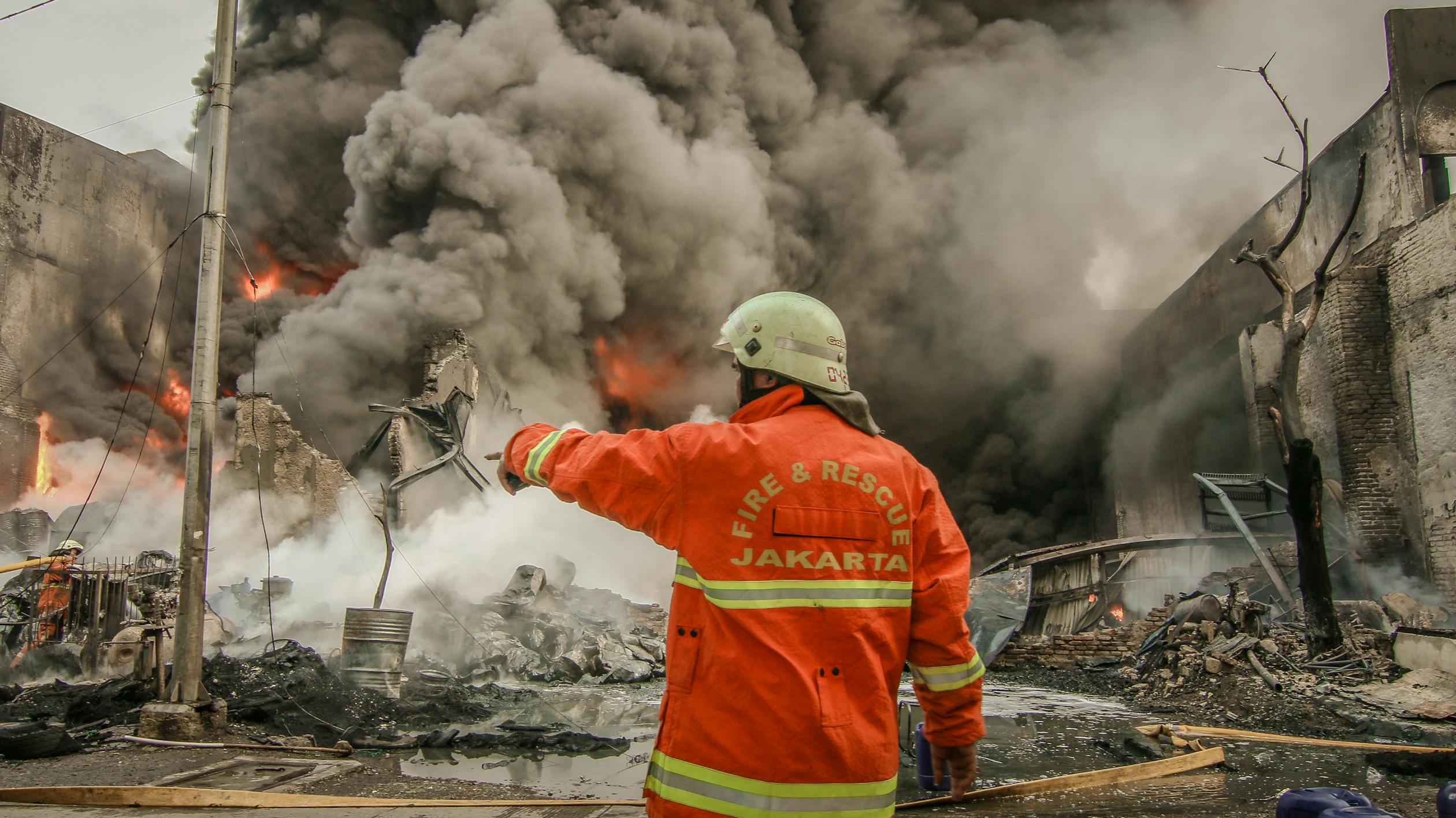
The pressure could result in a severe earthquake capable of devastating California. Experts define the “Big One” as an earthquake with a magnitude of between 7.8 and 9.0+ along the southern part of the fault.
They believe that this massive earthquake would cause five to seven minutes of shaking, a tsunami with waves up to 100 feet tall, and the complete devastation of the North American western coastline.
California Has Only Seen Two Megaquakes in History
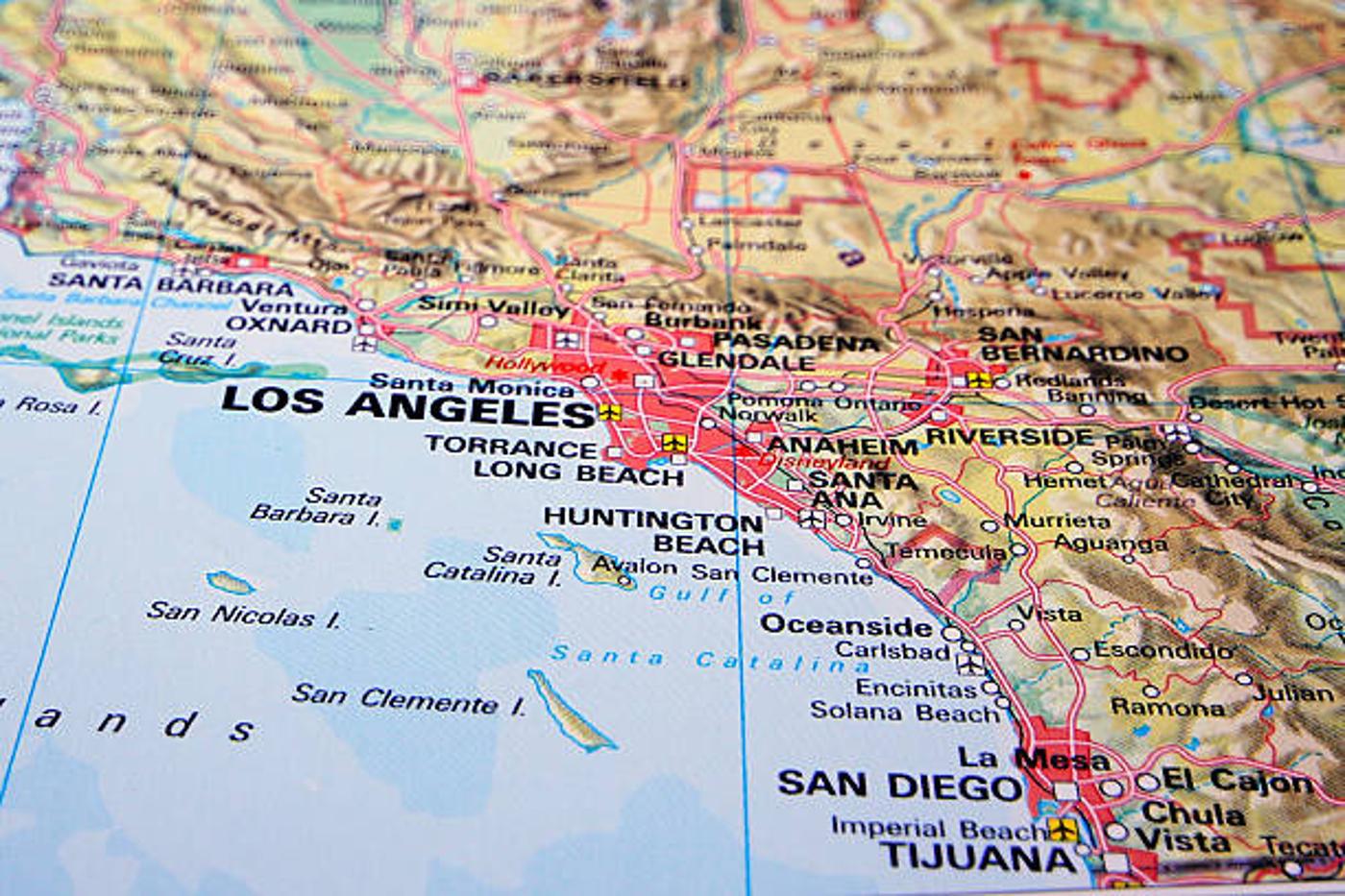
According to the California Department of Conservation, only two such earthquakes have occurred in the state’s history.
The Great 1906 San Francisco Earthquake and the Fort Tejon Earthquake – each of which led to the tragic deaths of thousands of people.
The Great 1906 San Francisco Earthquake
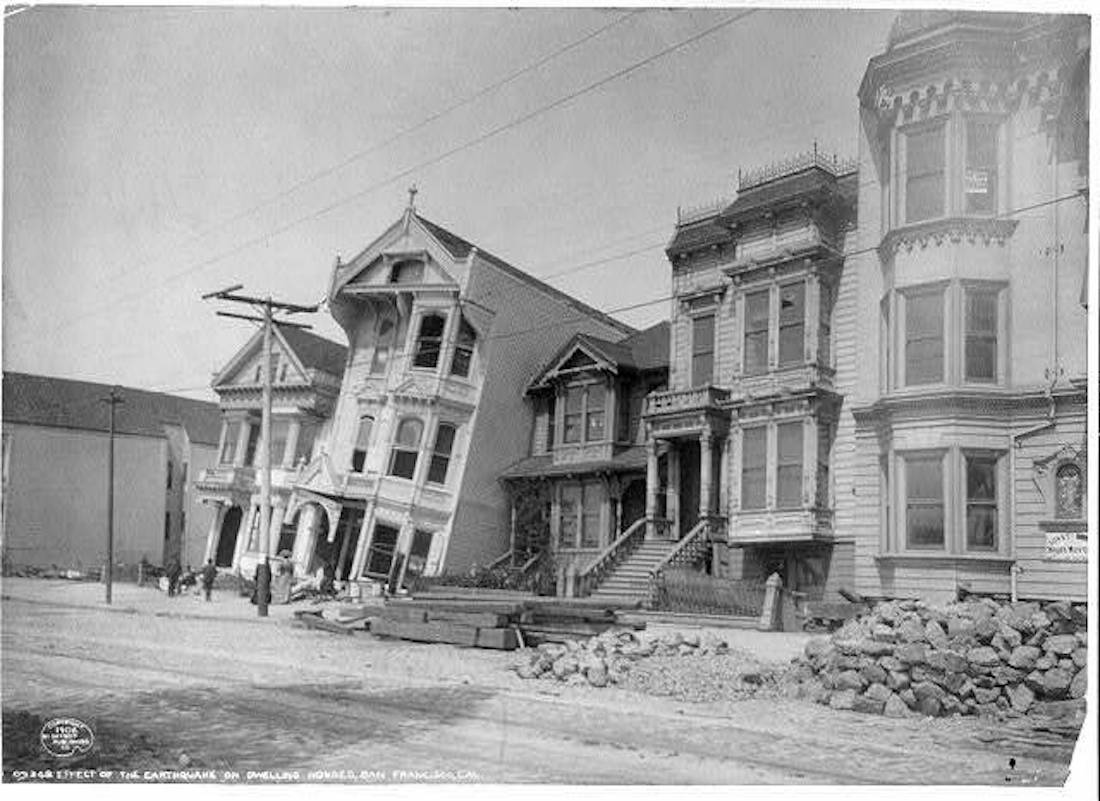
On April 18, 1906, an earthquake with a magnitude of 7.8 shook San Francisco to the ground. Known as the Great 1906 San Francisco Earthquake, it caused large, horizontal displacements and a rupture length that destroyed many buildings and may have killed 3,000 people and displaced nearly 225,000.
The violent shock waves of the earthquake lasted nearly 60 seconds and could be felt from southern Oregon to south of Los Angeles.
California’s Biggest Earthquake
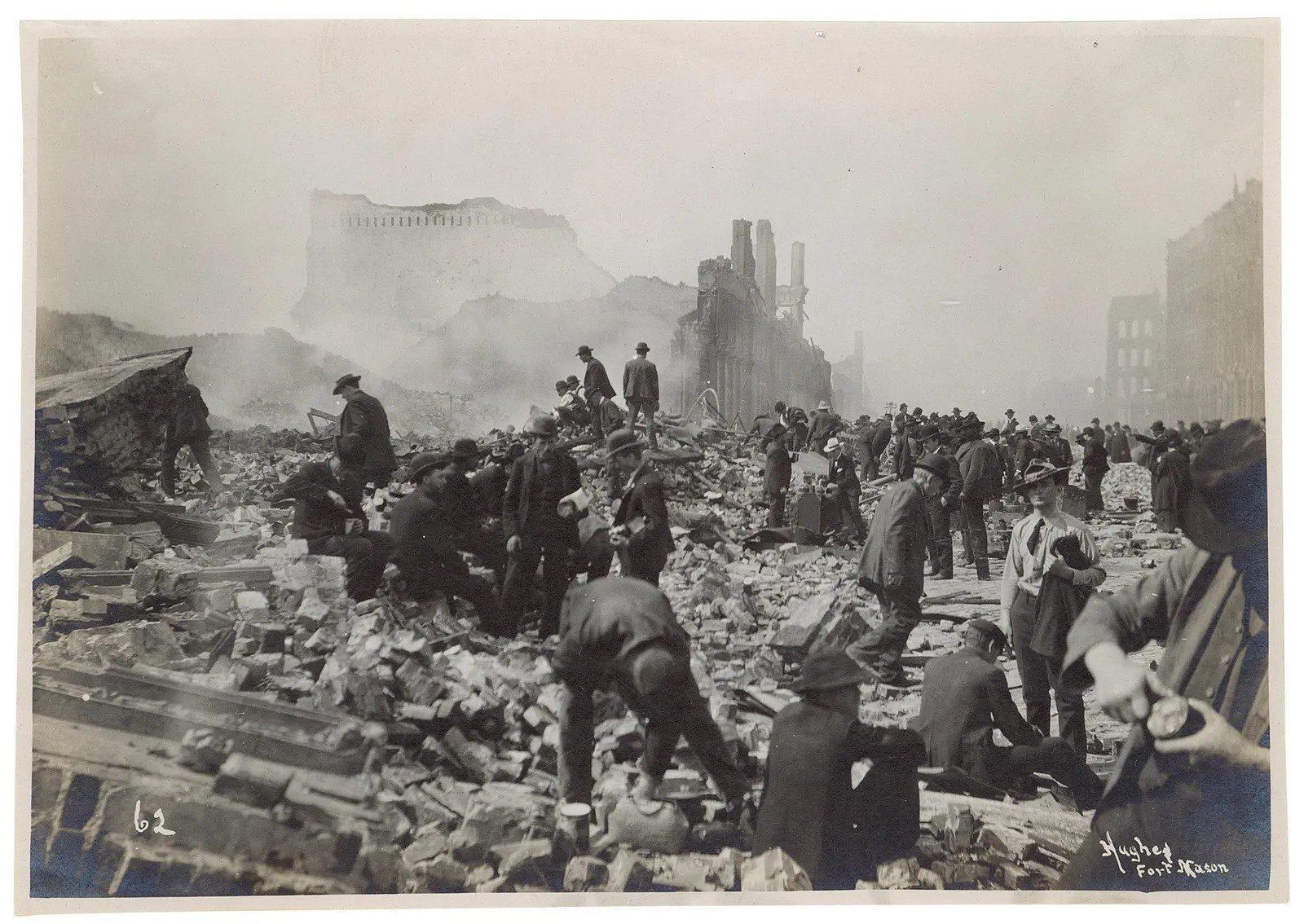
The most significant earthquake in California’s history occurred on January 9, 1857, near Fort Tejon in Southern California.
The 7.9 magnitude earthquake caused the ground to crack. On the extreme northern end of the rupture zone, the surface crack extended 50 miles (80 kilometers) north of Cholame into San Benito County.
There Are Not Many Megaquakes in Human History
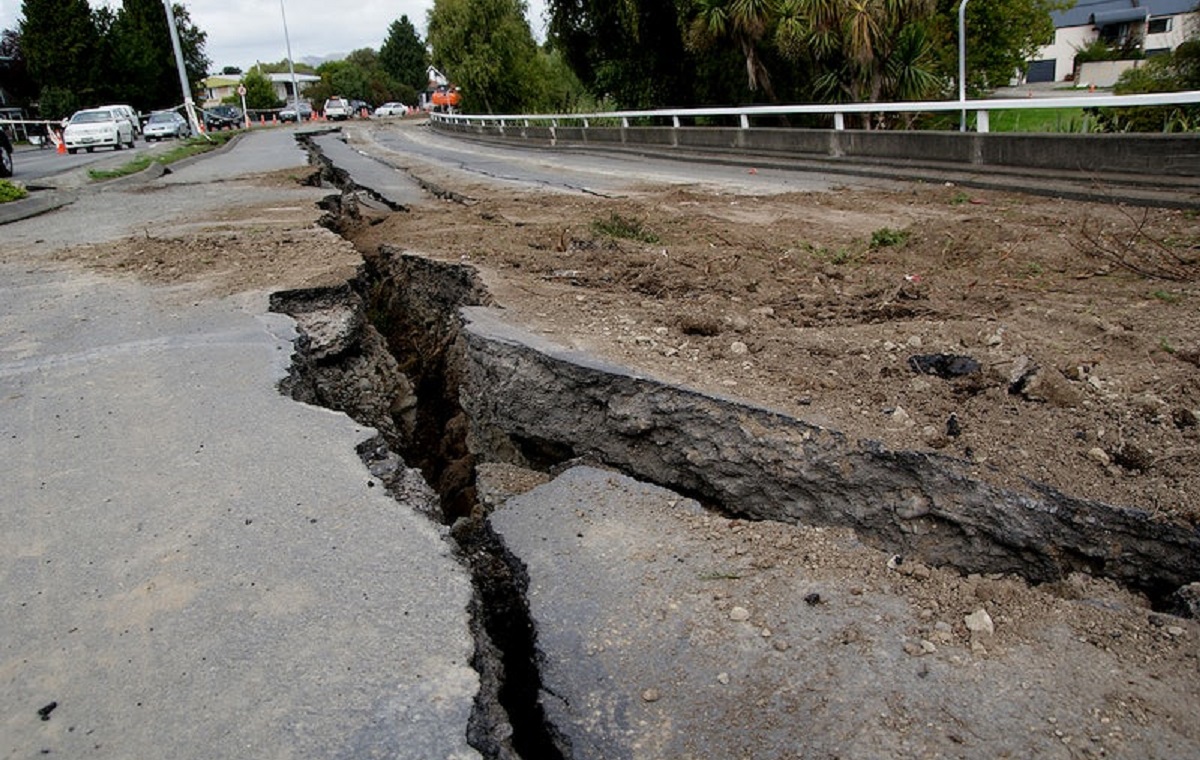
This earthquake is notable because it is believed to be one of the largest recorded earthquakes in the United States and even the world.
In fact, there are only about two dozen earthquakes in recorded history that have surpassed an 8.0 magnitude
The Biggest Earthquake in Recorded History
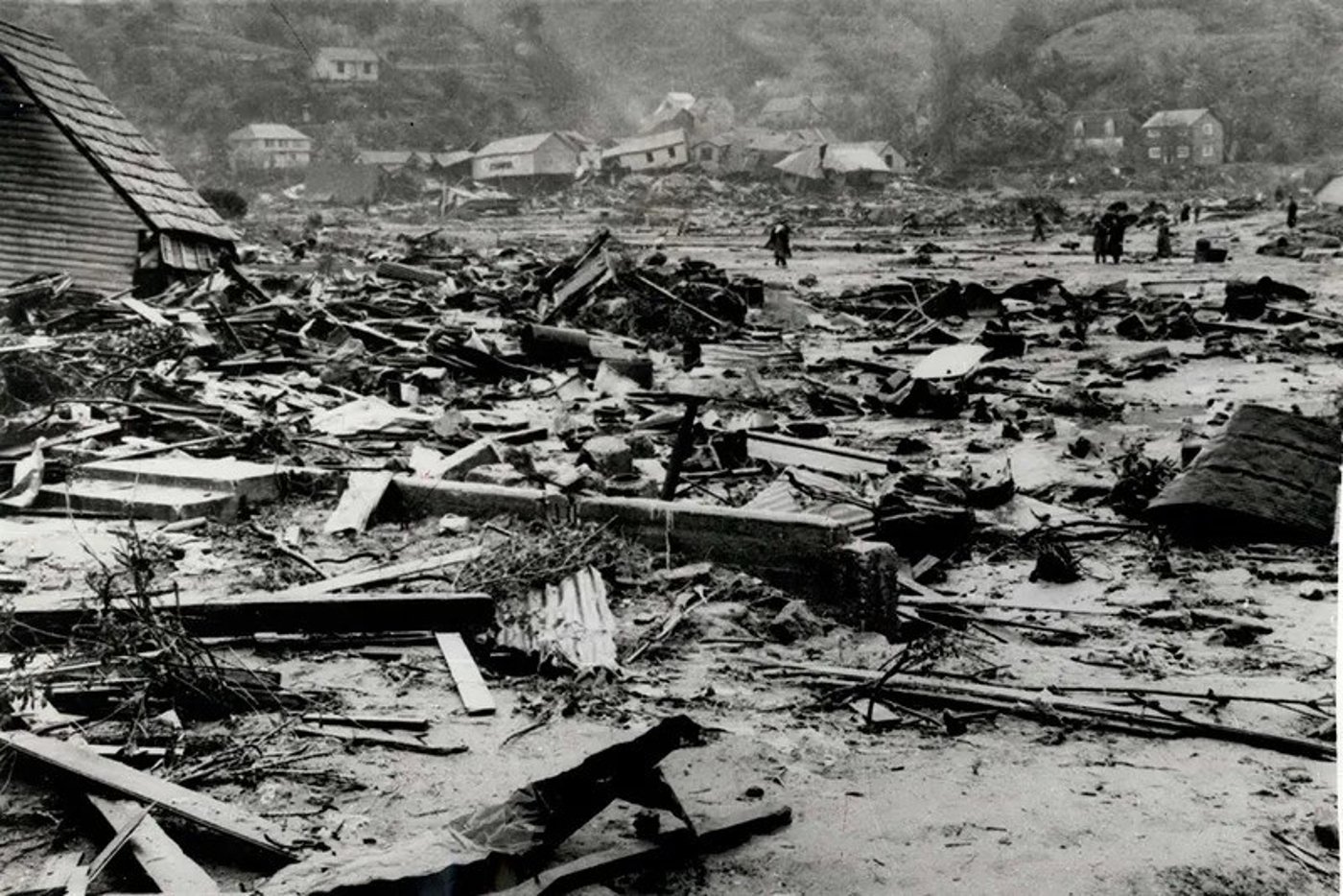
The biggest earthquake in recorded history took place in Valdivia, Chile in 1960. It was absolutely devastating, with a magnitude of 9.5.
An estimated 5,700 people died during the 10-minute-long quake and subsequent tsunami.
The Great East Japan Earthquake
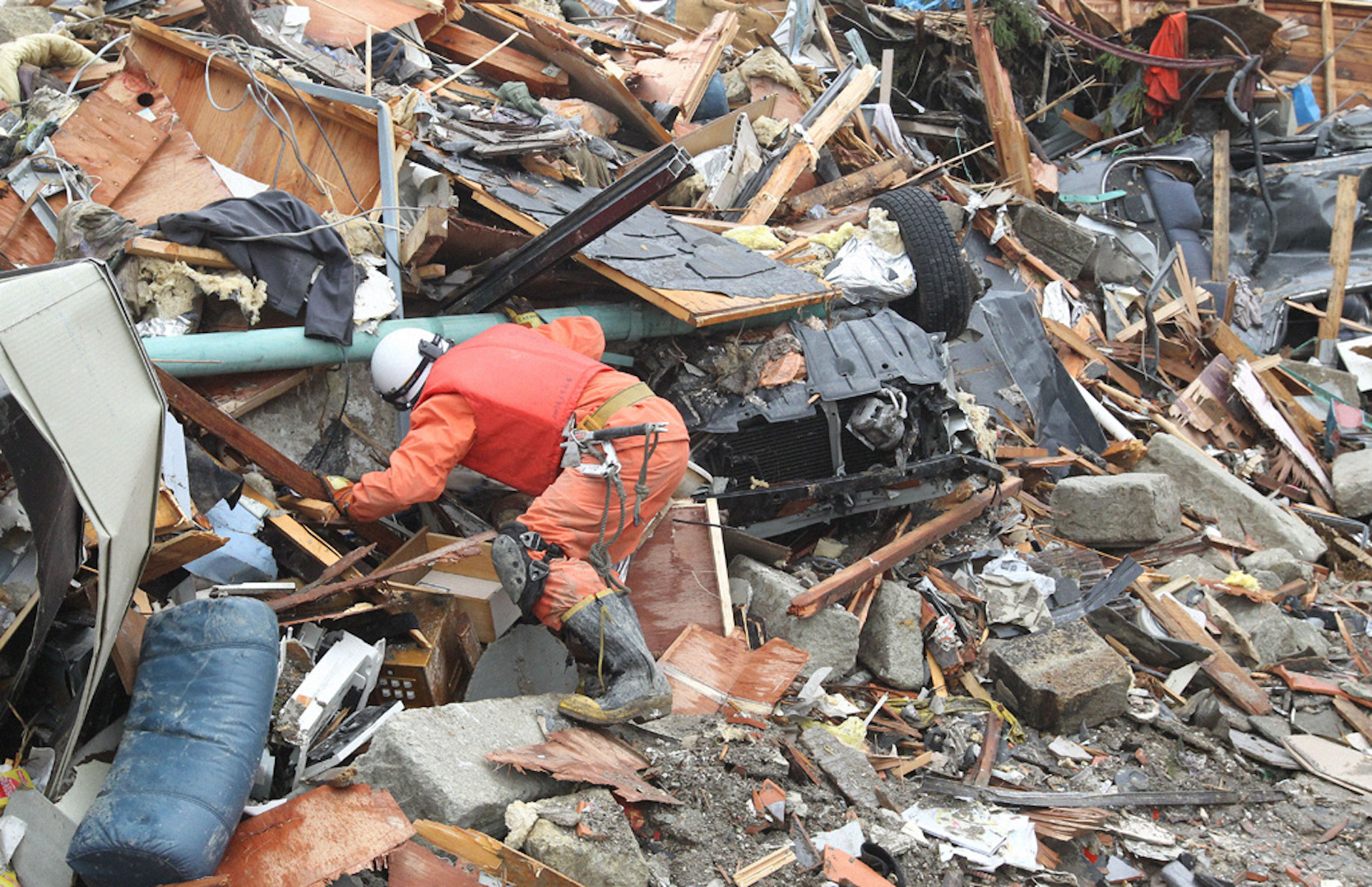
In 2011, a similar fault zone to the Cascadia Subduction off the coast of Japan experienced a slip that caused a 9-magnitude earthquake and generated a deadly tsunami. The combination of the Tohoku earthquake and tsunami killed over 18,000 people.
Scientists are now concerned that something similar could occur along the western coastal states of the US.
Prepping for the Next Big One

Freepik
Researchers believe that a similar earthquake with a magnitude exceeding 9 could strike the West Coast if the Cascadia Subduction Zone were to shift.
This information has led Oregon and Washington to prepare disaster emergency plans to protect residents from the threat. Their preparations include educating residents and ensuring everyone is “two weeks ready.”
What Are the Concerns That Come With a Megaquake?

Of course, the two major concerns with an earthquake of this magnitude would be the collapse of homes and buildings as well as the threat of a giant tsunami. However, those are not the only possible side effects.
It may surprise people to learn that one of the biggest threats residents would face is disease from exposure to bodies, animal carcasses, contaminated water, and Hazmat spills.
Prepare for the Worst Case Scenario

Researchers are hoping that their findings will help states in the impact zone prepare for a worst-case scenario emergency response if the Cascadia Subduction Zone does erupt.
However, many of these states’ current disaster emergency plans are not sufficient to help residents survive the devastating effects of an earthquake of that magnitude. Therefore, it’s important that all residents understand the dangers and be as prepared as possible.
What Is the “Be 2 Weeks Ready” Tactic?
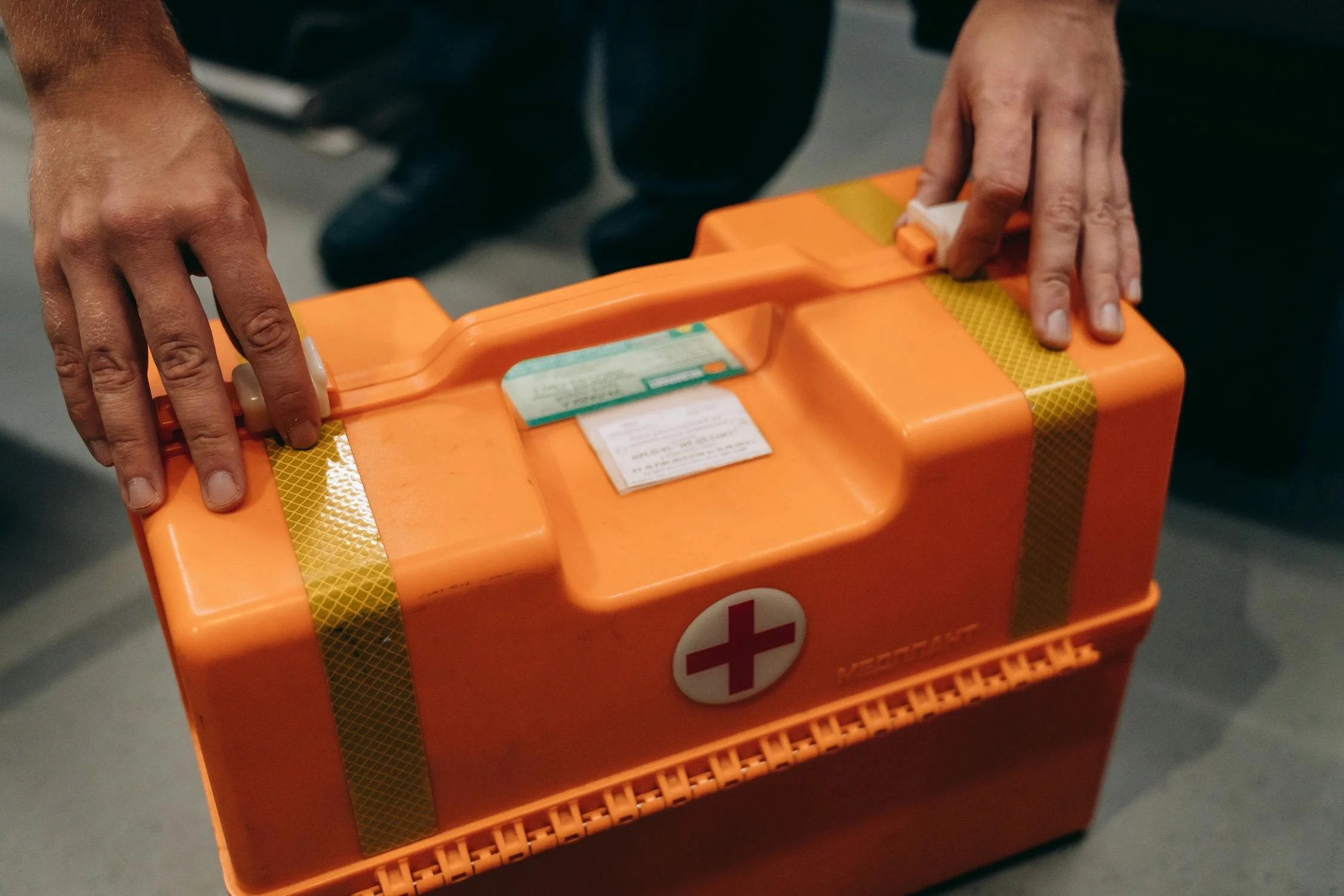
Oregon has released an emergency preparedness plan called the “Be 2 Weeks Read” to all residents.
The detailed plan explains that all people should [have] an emergency plan and enough supplies for you and everyone in your household to survive for at least two weeks following a disaster,” as well as what should be included in the kit and how to be ready for any kind of natural disaster.
What To Do in the Case of an Earthquake

Additionally, everyone should know what to do when you are experiencing an earthquake. First, cover your head and neck with your arms to protect yourself from any falling objects. Then, find shelter under a table or doorway to stay safe until the earthquake subsides.
If there is no shelter nearby, crawl next to an interior wall away from windows. Do not go outside, as there may be live wires or other unpredictable hazards that could cause injury.
Emergency Response to a Tsunami
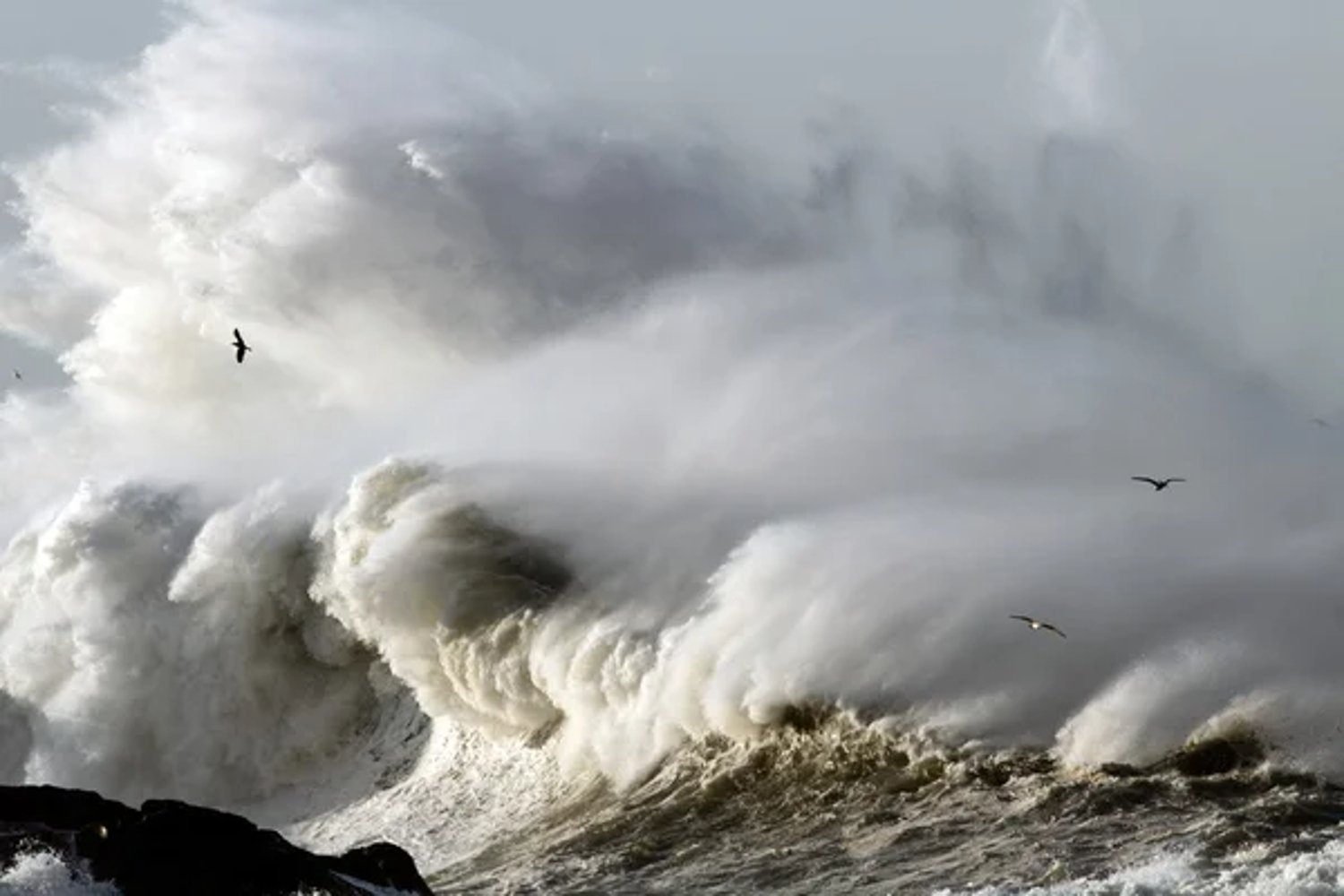
When it comes to protecting yourself in the case of a tsunami, the property emergency response is really quite simple: Get to the highest possible ground as far inland as you can.
However, once the waves from a large tsunami begin thrashing against land, it can be very challenging to go anywhere. Therefore, the absolute best way to stay safe during a tsunami is to look out for the warning signs, such as large waves, emergency alerts, or extensive rain, and leave the coast as quickly as possible.
When Will This Happen?

Kelin Wang, a research scientist at the Geological Survey of Canada, said to NBC News: “The recurrent interval for this subduction zone for big events is on the order of 500 years.”
“It’s hard to know exactly when it will happen, but certainly, if you compare this to other subduction zones, it is quite late,” as it has been more than 300 years since the last quake.
There Is a 37% Chance the Megaquake Will Happen in the Next 50 Years
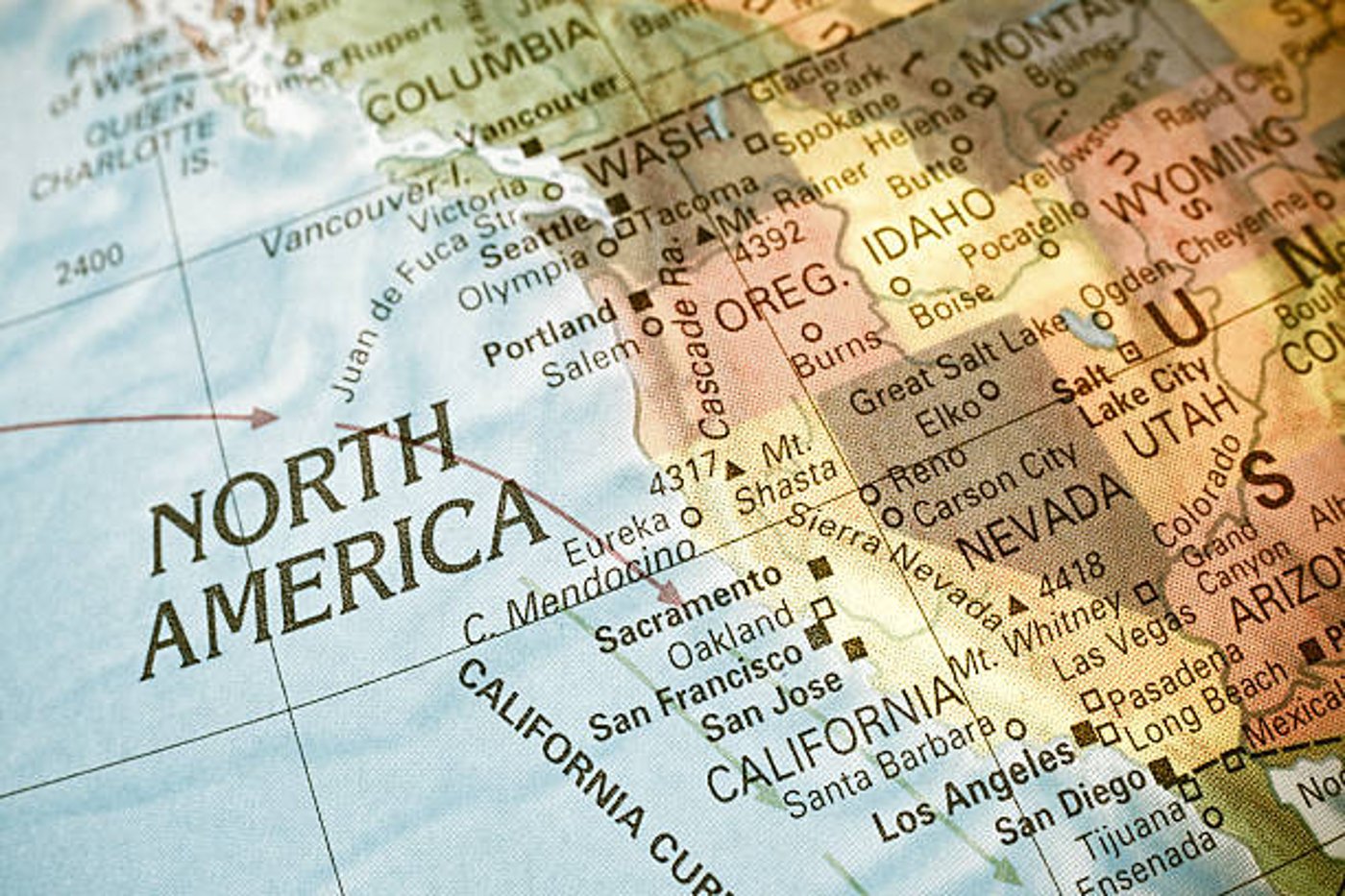
That being said, some researchers believe that, according to the collected data, there is a 37% chance the Cascadia Subduction Zone fault will cause a megaquake within the next 50 years.
Therefore, it’s absolutely essential that those living along the West Coast of North America follow their states’ preparedness instructions and learn the necessary information to protect themselves from a megaquake right now.








































